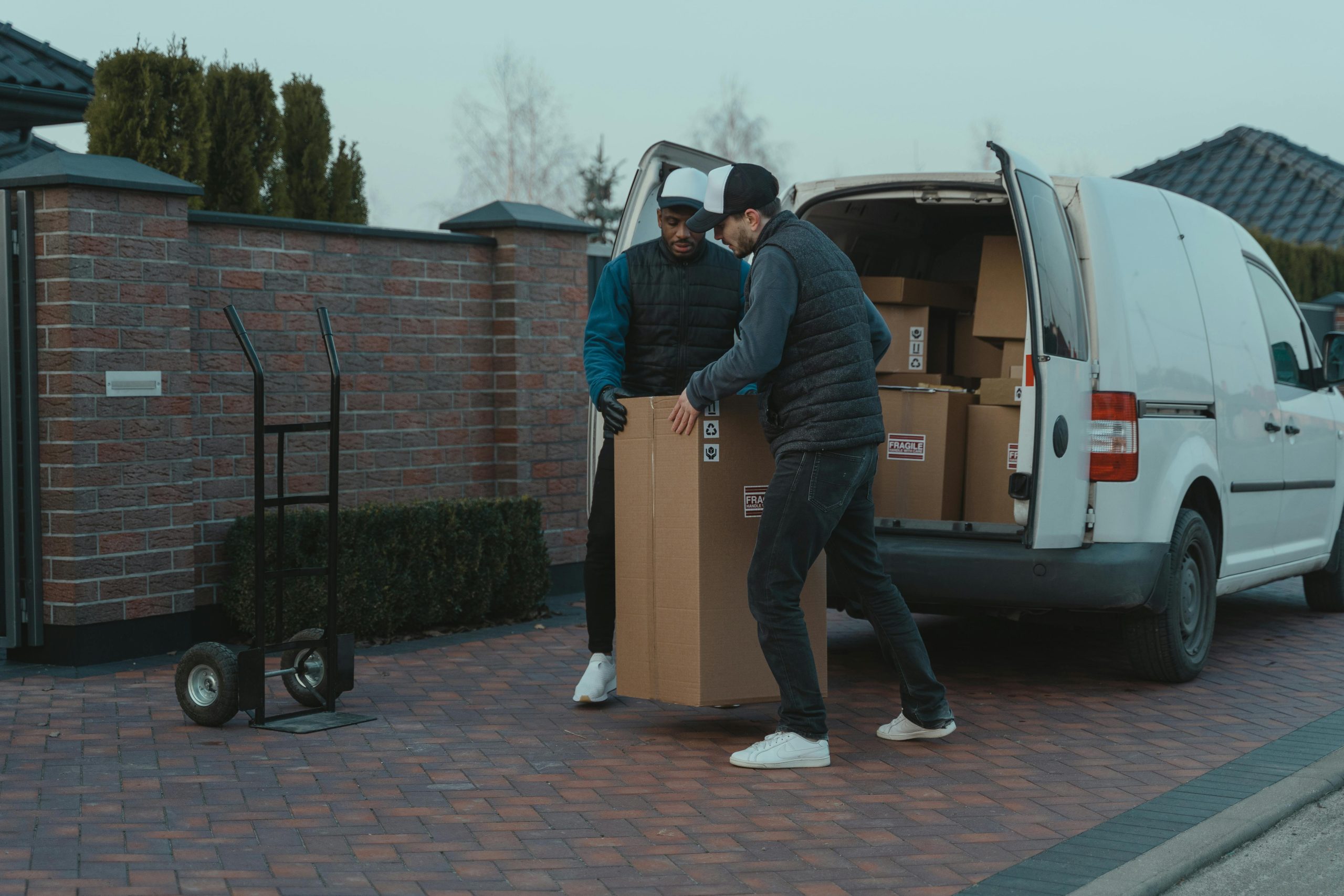Delivery drivers today face a competitive gig economy where relying on a single app may not always bring in the earnings they deserve. That’s where multi-apping comes in—a strategy that allows drivers to work across multiple delivery platforms simultaneously, maximizing their income potential. By juggling orders from apps like DoorDash, Uber Eats, Grubhub, and Instacart, drivers can reduce downtime, increase efficiency, and boost their overall earnings. But mastering multi-apping requires careful planning, smart decision-making, and a solid understanding of how to balance multiple orders without compromising service quality. In this guide, we’ll break down the ultimate multi-apping strategy to help delivery drivers earn more while staying efficient.
Why Multi-Apping Works for Delivery Drivers
Multi-apping isn’t just about signing up for multiple apps—it’s about leveraging the strengths of each platform to create a steady stream of income. Here’s why this strategy is a game-changer:
- Reduced Downtime: Instead of waiting for orders on a single app, drivers can accept offers from multiple sources, keeping them busy throughout their shift.
- Higher Earnings Potential: By cherry-picking the best-paying orders across platforms, drivers can maximize their per-hour income.
- Flexibility and Control: Multi-apping allows drivers to adapt to slow periods on one app by switching focus to another.
- Diversified Income Streams: Relying on multiple apps reduces dependency on a single platform, protecting against sudden algorithm changes or demand drops.
However, success with multi-apping depends on smart execution. Without a proper strategy, drivers risk late deliveries, poor ratings, or even deactivation from platforms.
Choosing the Right Apps for Multi-Apping
Not all delivery apps are created equal, and some combinations work better than others. Here’s how to select the best platforms for multi-apping:
- DoorDash + Uber Eats: These two giants often have overlapping hotspots, making it easier to stack orders without excessive driving.
- Grubhub + Instacart: Grubhub excels in food delivery, while Instacart offers grocery orders—providing variety in delivery types.
- Regional Apps: Some areas have local delivery services with high demand. Research and add these to your rotation for extra opportunities.
Before committing, test different app combinations to see which ones offer the best order volume and payouts in your market.
Essential Multi-Apping Techniques
To succeed with multi-apping, drivers need to master a few key techniques:
Order Stacking
Accepting orders from different apps going in the same direction can drastically increase earnings. The key is to ensure that pickup and drop-off locations are close enough to avoid delays.
Time Management
Use a timer or app like Gridwise to track order deadlines. Prioritize orders based on distance, payout, and customer ratings to avoid penalties.
Hotspot Optimization
Identify overlapping busy zones across apps. Positioning yourself in these areas increases the chances of receiving high-value orders from multiple platforms.
Communication with Customers
If delays occur, a quick message explaining the situation can prevent bad ratings. Transparency builds trust with customers.
Common Multi-Apping Mistakes to Avoid
While multi-apping can be lucrative, certain pitfalls can hurt performance:
- Overloading: Taking too many orders at once leads to late deliveries and frustrated customers.
- Ignoring Deadlines: Each app has its own delivery window. Missing them repeatedly can result in account suspensions.
- Poor Route Planning: Failing to optimize routes wastes time and gas, cutting into profits.
- Neglecting Ratings: Consistently low ratings due to multi-apping can get you booted from platforms.
To avoid these issues, always prioritize efficiency and customer satisfaction over sheer order volume.
Tools to Enhance Your Multi-Apping Strategy
Several apps and tools can make multi-apping smoother and more profitable:
- Gridwise: Tracks earnings, mileage, and deadlines across multiple apps in one dashboard.
- Para: Helps analyze order payouts and acceptance rates to make smarter decisions.
- Google Maps (or Waze): Essential for optimizing routes between pickups and drop-offs.
- Hotspot Apps: Apps like Driver’s Utility Helper predict busy zones to maximize order opportunities.
Using these tools can streamline operations and help drivers stay organized while managing multiple orders.
Multi-apping is a powerful strategy for delivery drivers looking to maximize their earnings, but it requires discipline, planning, and the right tools. By carefully selecting apps, mastering order stacking, and avoiding common mistakes, drivers can significantly boost their income without burning out. The key is to balance efficiency with customer satisfaction—ensuring that every delivery is timely and professional. With practice and the right approach, multi-apping can transform a gig driver’s earning potential, turning sporadic income into a steady, lucrative hustle.
